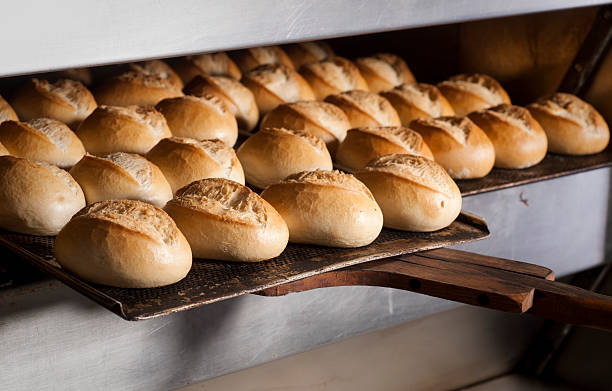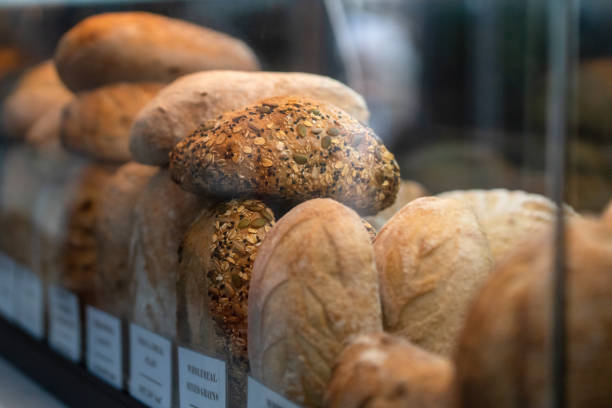Bread is a staple food in many cultures around the world, and has been a dietary staple for thousands of years. It is made from flour, water, and yeast, and can be prepared in a variety of ways to create different types of bread. However, one question that many people have when it comes to bread is how many calories it contains.
The calorie content of bread can vary depending on a number of factors, including the type of flour used, the method of preparation, and the additional ingredients that are added to the dough. In general, white bread made from refined flour has fewer calories than bread made from whole wheat flour. This is because the refining process removes the bran and the germ from the wheat, which are the parts of the grain that contain the most nutrients and fiber.
A slice of white bread typically contains around 70-80 calories, while a slice of whole wheat bread has about 80-90 calories. However, it’s important to note that the calorie content can vary between brands and the type of white bread you are consuming (for example, sourdough bread might have different calorie count than regular white bread)
When it comes to bread, it’s also important to take into account the calorie content of any additional ingredients that are added to the dough. For example, bread that contains honey or sugar will have a higher calorie content than bread made without these ingredients. Similarly, bread that contains nuts, seeds, or dried fruit will also have a higher calorie content than bread made without these ingredients.
Another factor that can affect the calorie content of bread is the method of preparation. For example, bread that is baked at a high temperature for a short period of time will have a different calorie content than bread that is baked at a lower temperature for a longer period of time. Additionally, bread that is made with a high-fat content, such as butter or oil, will have a higher calorie content than bread made without these ingredients.
In addition to the calorie content, it’s also important to take into account the nutritional value of bread. Whole wheat bread, for example, is a good source of fiber, which can help to promote feelings of fullness and can aid in digestion. Whole wheat bread is also a good source of important vitamins and minerals, such as vitamin B6 and magnesium.
If you are watching your calorie intake, there are a few things you can do to reduce the calorie content of your bread. For example, you can choose whole wheat bread over white bread, as it has a lower calorie content and is more nutritionally dense. You can also look for bread that is made with less sugar or added fats.
It is also worth noting that different serving sizes might have a different calorie count. For example, a single slice of bread might have 80-90 calories, but two slices might have 160-180 calories. It’s important to read nutrition labels carefully and pay attention to serving sizes when trying to determine the calorie content of your bread.
In conclusion, the calorie content of bread can vary depending on the type of flour used, the method of preparation, and the additional ingredients that are added to the dough. White bread typically contains fewer calories than whole wheat bread, and bread that is made with a high-fat content will have a higher calorie content than bread made without these ingredients. When it comes to bread, it’s important to take into account not only the calorie content, but also the nutritional value. Choosing whole wheat bread, looking for bread that is made with less sugar or added fats, and being aware of serving sizes can help you make healthier bread choices.

 Home
Home Health
Health Diet & Nutrition
Diet & Nutrition Living Well
Living Well More
More












